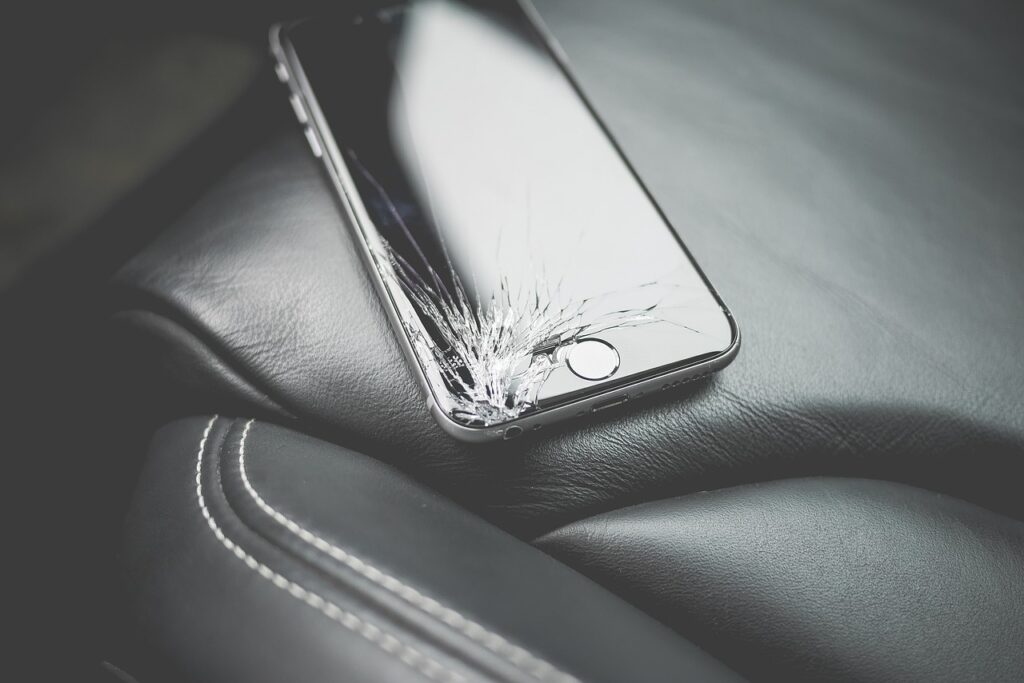Researchers from the Korea Institute of Science and Technology (KIST) have developed a self-healing electronic material that can repair cracks on its own.
A paper describing the research recently appeared in the journal of Composites Part B: Engineering.
To develop this material, the team has used a secret material which is linseed oil
Linseed Oil: Linseed oil is a colourless to yellowish oil obtained from the dried, ripened seeds of the flax plant.
Researchers added this oil ingredient to colourless polyimide (CPI), a glass alternative. It was found that this oil is able to seep into cracks made when the CPI display is fractured.
“We were able to develop a self-healing, colourless polyimide that can radically solve the physical properties and lifespan of damaged polymer materials,” says the team.
To make this self-healing possible, the researchers first loaded linseed oil into microcapsules and then mixed with a silicone material. That material was then used as a coating on top of CPI.
When the display get cracks, the microcapsules also breaks and releases the oil. This oil hardens when it comes in contact with air. Moreover, all of this can happen at room temperature.
The experiments showed that in ideal conditions under UV radiation the material can replace 91 percent of cracks in as little as 20 minutes.
Though there is good amount of work remaininf to make this technology commercially viable, these results are really encouraging.
“We anticipate that these multi-stimuli responsive colourless self-healing polymers may eventually be widely used in outdoor applications, such as in transparent displays and/or optically-related fields of flexible electronics,” says researchers.
Journal Reference:
Youngnam Kim, Ki-Ho Nam, Yong Chae Jung, Haksoo Hana. Interfacial adhesion and self-healing kinetics of multi-stimuli responsive colorless polymer bilayers. Composites Part B: Engineering.
DOI: 10.1016/j.compositesb.2020.108451

